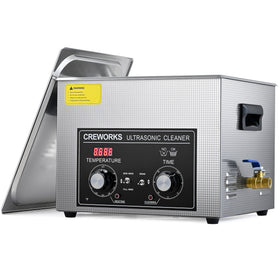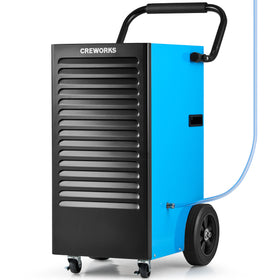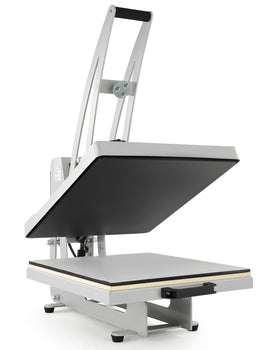With over 10000+ orders
With over 10000+ orders
Most people who attempt to clean coins use harsh methods that permanently damage them. Improper cleaning can drastically reduce a coin's value by:
But with the right knowledge and gentle approach, cleaning can safely remove dirt without harming your coins.

Before reaching for any cleaning supplies, ask yourself these critical questions:
When experts work with old coins from colonial times, they often find them covered in years of dirt. Most coins only need gentle cleaning, but sometimes they have to clean more thoroughly to see important markings. Using the right cleaning method for each coin helps keep both their history and value intact.
Let's explore some of the safest methods for cleaning different types of coins:
Copper coins develop a natural green or brown patina that often protects the metal beneath. Harsh cleaning can strip this patina and expose the coin to further corrosion.
Safest approach: For light dirt, simply soak the coin in distilled water (never tap water) overnight. Gently pat dry with a soft, lint-free cloth.
For stubborn dirt, some conservators use the olive oil method:
Silver tarnishes naturally over time, forming a dark layer that many collectors find attractive. Removing this tarnish completely often decreases value.
Safest approach: For light cleaning, use warm distilled water with a tiny amount of mild, phosphate-free soap. Rinse thoroughly and pat dry.
For more valuable silver coins, professional numismatists sometimes use special conservation methods that preserve the details while stabilizing the surface.
Gold is relatively stable and doesn't corrode like other metals, making it easier to clean safely.
Safest approach: Soak in warm distilled water with a drop of mild dish soap. If necessary, use a soft-bristled brush (like a clean child's toothbrush) with extremely gentle pressure. Rinse thoroughly and pat dry.

Credits to @SalivateMetal
One tool that professional dealers often use is the ultrasonic cleaner.
The microscopic bubbles created by ultrasonic vibrations penetrate even the smallest crevices and cracks in the surface of coins, ensuring they're thoroughly cleaned without using harsh chemicals or abrasive materials.
If you're serious about coin collecting, a small jewelry-grade ultrasonic cleaner might be worth considering, but with important caveats:
Many coin collectors now use ultrasonic cleaners for their more common coins as ultrasonic cleaners can gently remove dirt from all the small details without harsh chemicals or scrubbing. Just remember to use distilled water, keep cleaning sessions short, and check on your coins regularly during the process.
Further reading: How does Ultrasonic Cleaner Work

The key difference between damaging your coins and successfully cleaning them is knowledge, proper tools, and patience.
For coins with significant potential value, consider these approaches:
Every old coin tells a story—of the people who used it, the places it traveled, and the history it witnessed. When you hold an old coin, you're touching a piece of the past.
Cleaning coins is about finding the balance between revealing their beauty and preserving their history. With knowledge, patience, and respect for these artifacts, you can make informed decisions about whether and how to clean the coins in your collection.
For high-quality ultrasonic cleaners perfect for cleaning old coins, check out Creworks' ultrasonic cleaners.











